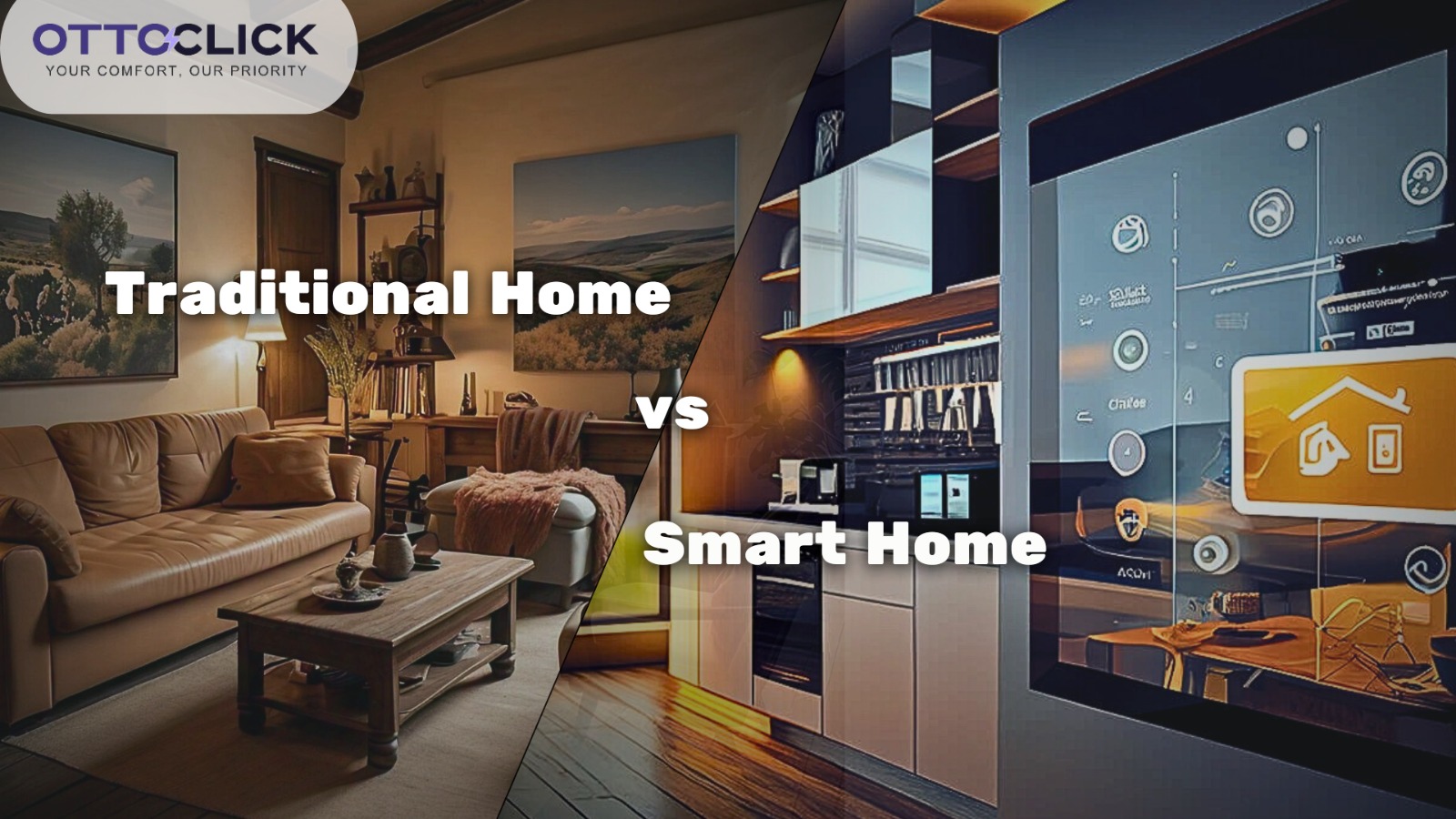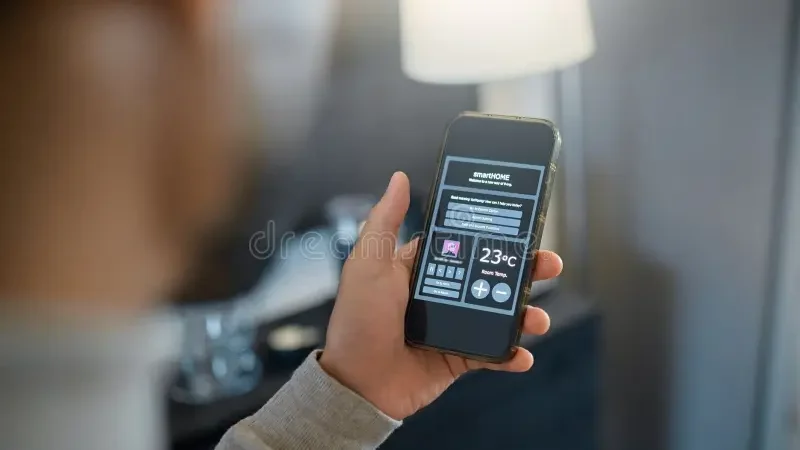Introduction
Think smart homes are only for the rich? Think again. You don’t need to break the bank to start automating your home. With affordable devices and user-friendly apps, anyone can build a smart home setup that adds comfort, efficiency, and security — all on a budget.

1. Start Small: Focus on Essentials
You don’t have to buy everything at once. Begin with the most impactful devices:
- Smart Bulbs – Easy to install, energy-efficient, and can change color or brightness via an app.
- Smart Plugs – Turn any appliance into a smart device.
- Smart Speakers – Voice control hub for other smart devices.
2. Use Budget-Friendly Brands
While premium brands exist, many budget-friendly options offer great performance:
- Wyze
- TP-Link Kasa
- SwitchBot
- Aqara
- Tuya-based devices
These devices often work with Google Assistant, Alexa, or Apple HomeKit — so they’re highly compatible.
3. DIY Installation Saves Money
Most budget smart devices are plug-and-play. No need to hire an electrician:
- Just connect to Wi-Fi
- Use a companion app to set up
- Control devices via phone or voice assistant
Bonus: Many apps allow automation like “Turn off lights when I leave home” — without extra hardware.
4. Bundle Devices for Extra Savings
Look for bundles or combo kits that offer multiple devices at a lower price. For example:
- Starter kits with smart bulbs + smart hub
- Bundles of 4 smart plugs
- Room automation packs
Shopping during online sales (like Black Friday or 11.11) can also help you save big.
5. Free Apps and Open Ecosystems
Don’t pay extra for features you don’t need. Many free apps now offer:
- Voice control
- Scheduling
- Scene customization
- Device grouping
Apps like Google Home, Alexa, and Smart Life provide robust functionality without extra cost.
6. Plan for Gradual Expansion
As your budget allows, slowly expand your smart home:
- Add a smart camera for security
- Use motion sensors for lights
- Automate curtain open/close with smart motors
This keeps the cost manageable and ensures every purchase is useful.
Conclusion
Building a smart home doesn’t require a massive investment. With careful planning, the right brands, and DIY installation, you can enjoy the comfort and control of a smart home — all without overspending.
Start small, stay smart, and automate your home one affordable step at a time.


